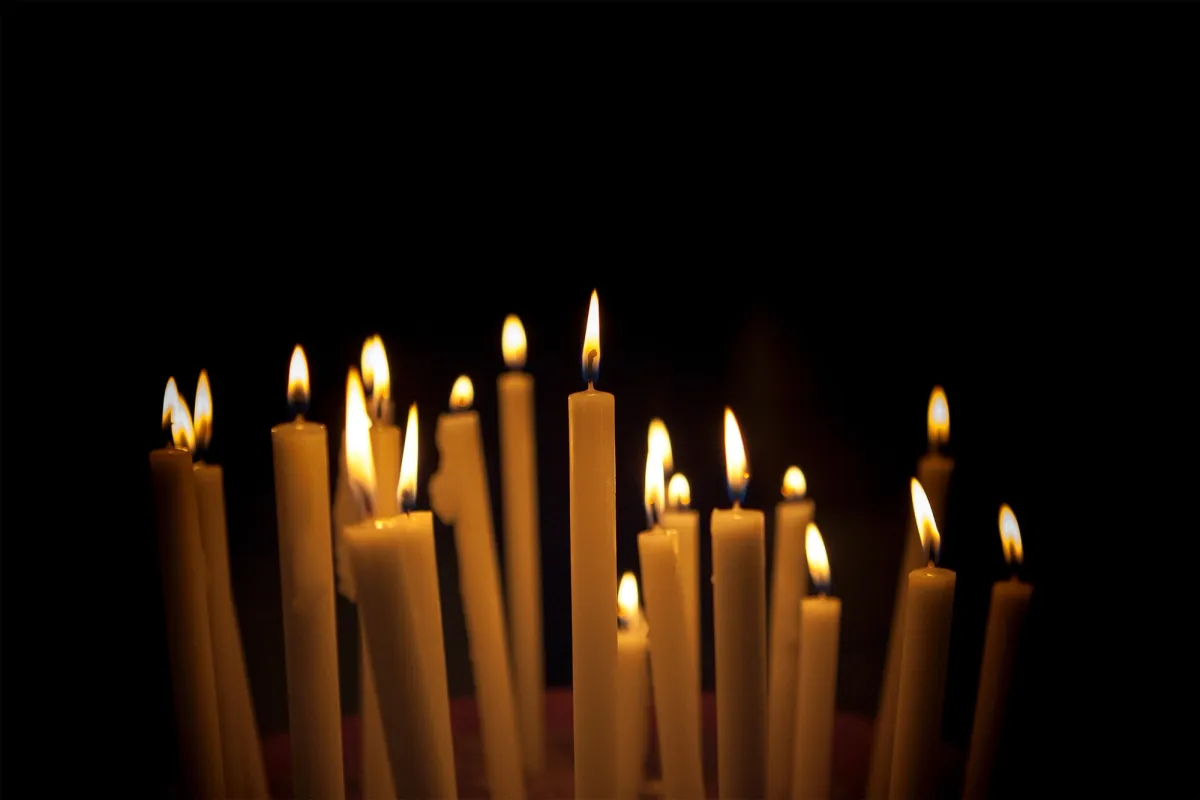Kwanzaa Chronicles: Cultural Celebration Through Piccles

Jon is Cofounder & Chief Product Officer at Piccles
- Published at
- Last updated

Introduction to Kwanzaa
Kwanzaa is a vibrant cultural celebration that honors African-American heritage and African traditions. Taking place from December 26th to January 1st, Kwanzaa is a weeklong commemoration grounded in seven core principles, known as the Nguzo Saba. These principles focus on unity, self-determination, collective work and responsibility, cooperative economics, purpose, creativity, and faith. Families and communities come together during Kwanzaa to reflect on these values, share feasts, exchange gifts, and light the Kinara, a special candle holder. It's a time abundant in communal reflection, joyous reunions, and a reaffirmed commitment to cultural roots and collective growth.
Piccles: A New Way to Celebrate Kwanzaa
Piccles introduces a fresh and interactive element to the Kwanzaa celebrations. This engaging digital tool is perfect for families and communities looking to infuse the holiday with additional creativity and connection. Through Piccles, people can draw and share their reflections on the Nguzo Saba principles or represent their cultural heritage in a colorful, virtual space. The simplicity of creating 'delightfully ugly drawings' ensures everyone – from the youngest children to the eldest members of the community – can participate without the pressure of artistic perfection. Piccles facilitates a unique mode of expression during Kwanzaa, where each drawing becomes a part of a larger tapestry of shared experience and heritage.
Connecting Kwanzaa with Piccles
Piccles can be woven seamlessly into Kwanzaa observances, adding a layer of artistic interaction to this heartfelt holiday. Imagine a digital Kinara on Piccles, where each candle sparked a collective, creative activity, or a virtual 'Unity Cup' where each person contributes a drawing to symbolize communal commitment. Participants can illustrate what each principle means to them, or share a personal story through a drawing related to their ancestors or heritage. Communities can invite people to draw their favorite Kwanzaa memory or set up a drawing event that captures the joyous atmosphere of Karamu, the festive feast on the final night of Kwanzaa. Piccles effectively opens the door to new traditions, where the holiday's deeply rooted values can be celebrated visually in an ever-expanding digital gallery, together creating a lasting memento of shared cultural pride and celebration.
Certified fresh Piccles prompts
- Kwanzaa Principles Illustration: People can draw what each of the seven principles of Kwanzaa means to them, sparking conversations and deeper understanding of the concepts.
- Kinara Candle Lighting: People can draw the Kinara and the candles they would light each day, showing their involvement in the tradition.
- Harvest Bounty Sharing: People can draw their ideal Kwanzaa feast or crops they are thankful for, highlighting the importance of sharing and thankfulness.
- Kente Cloth Patterns: People can draw their own Kente cloth patterns, expressing their creativity and learning about cultural designs.
- Family Unity Portraits: People can draw portraits of their family or a symbol representing unity to celebrate Umoja, the first principle of Kwanzaa.
- Self-Determination Visualization: People can draw what self-determination looks like in their lives, reflecting on Kujichagulia, the second principle.
- Community Responsibility Scenes: People can draw examples of how they can or do contribute to their community, aligning with Ujima, the third Kwanzaa principle.
- Cooperative Economics: People can draw their favorite Black-owned businesses or how they can support them, related to Ujamaa.
- Kwanzaa Goal Setting: People can draw their personal goals for the upcoming year, mirroring the reflective practice of Kwanzaa.
- African Heritage Exploration: People can draw maps, flags, or symbols representing their or others' African heritage, encouraging cultural exploration.
- Purpose Crafting: People can draw what purpose means to them or how they find purpose in their lives, in line with the principle of Nia.
- Creativity Challenge: People can draw something new they wish to create or a new skill they want to learn, inspired by Kuumba.
- Faith Visualization: People can draw symbols of faith or hope for the future, engaging with the principle of Imani.
- Gift Giving Tradition: People can draw the types of handmade gifts they would like to exchange, promoting the Kwanzaa gift-giving tradition.
- Celebration Fashion Designs: People can draw outfits they would wear to a Kwanzaa celebration, fostering cultural pride and expression.
- Ancestral Honoring: People can draw their ancestors or heritage heroes, paying respect to those who paved the way.
- Kwanzaa Decoration Concepts: People can design and draw their own Kwanzaa decorations for their homes, encouraging creativity and festivity.
- Kwanzaa Travel Dreams: People can draw places in Africa they would like to visit, connecting with their cultural roots.
- Swahili Phrases Art: People can illustrate Swahili phrases related to Kwanzaa, aiding in language and cultural education.
- African Dance and Drumming: People can draw scenes of African dance and drumming, celebrating the rich tradition of performance arts.
- Storytelling Scenes: People can draw their favorite African folktales or stories told during Kwanzaa, keeping the oral tradition alive.
- Leaders of Balance: People can draw modern or historical figures who embody the balance of the Nguzo Saba (seven principles), honoring their influence.
- Kwanzaa Poetry Illustration: People can draw images inspired by poems related to Kwanzaa, merging literary and visual arts.
- Pan-African Connection Collage: People can draw symbols or items representing the global African diaspora, highlighting unity beyond borders.
- Children's Kwanzaa Activities: Little ones can draw their interpretations of each Kwanzaa day, making the holiday accessible and educational for the youth.